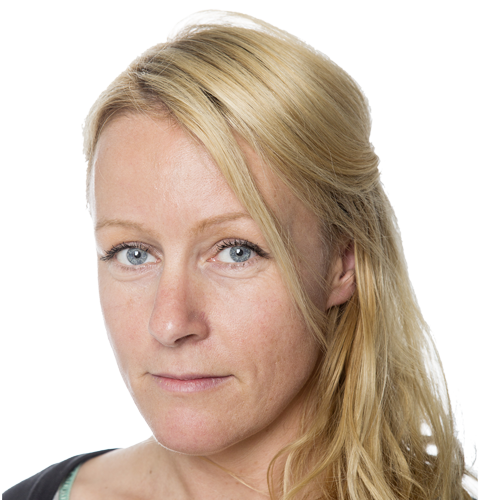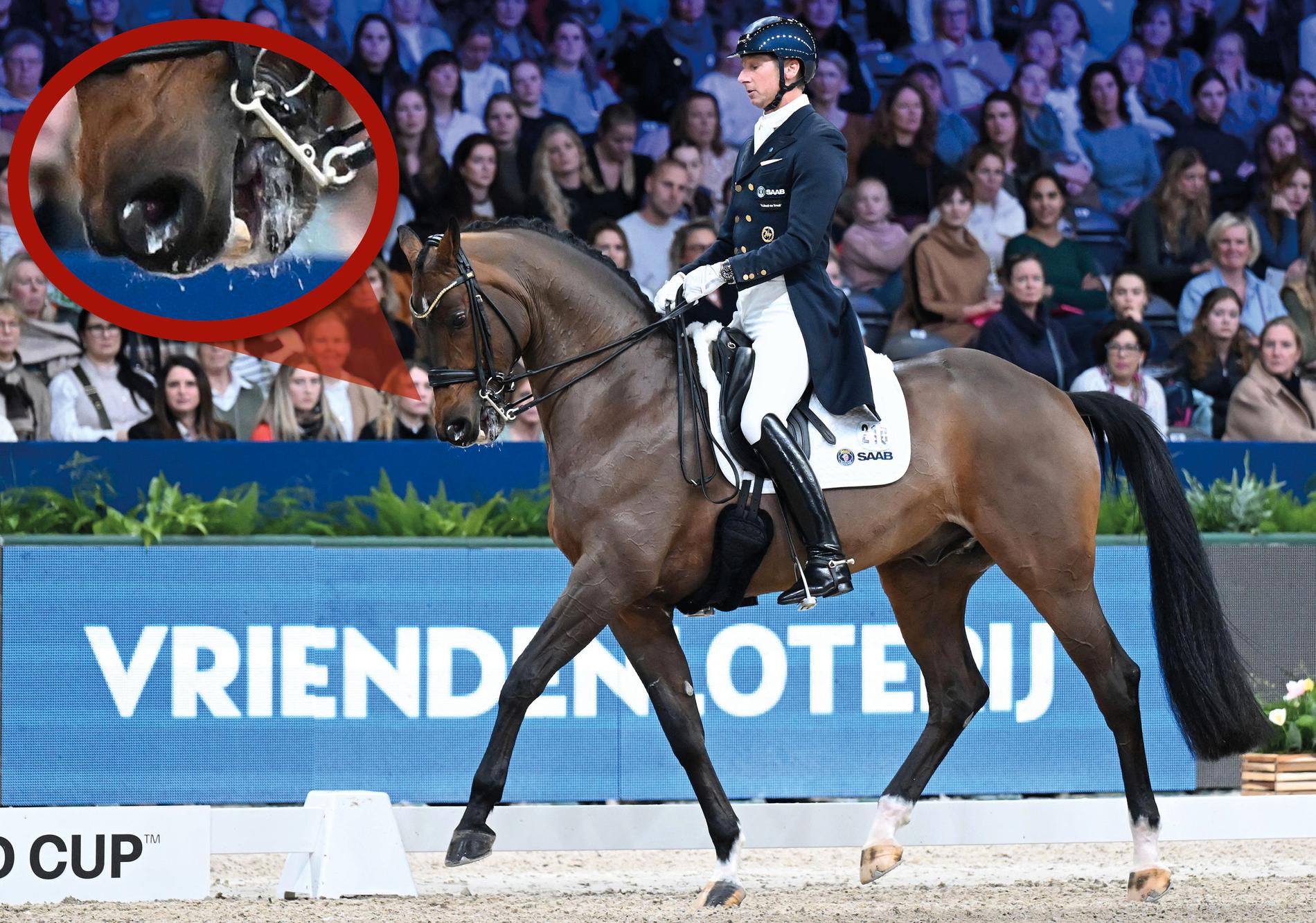English version: Patrik Kittel's horse lost oxygen in its tongue
Uppdaterad 2024-04-23 | Publicerad 2024-03-21
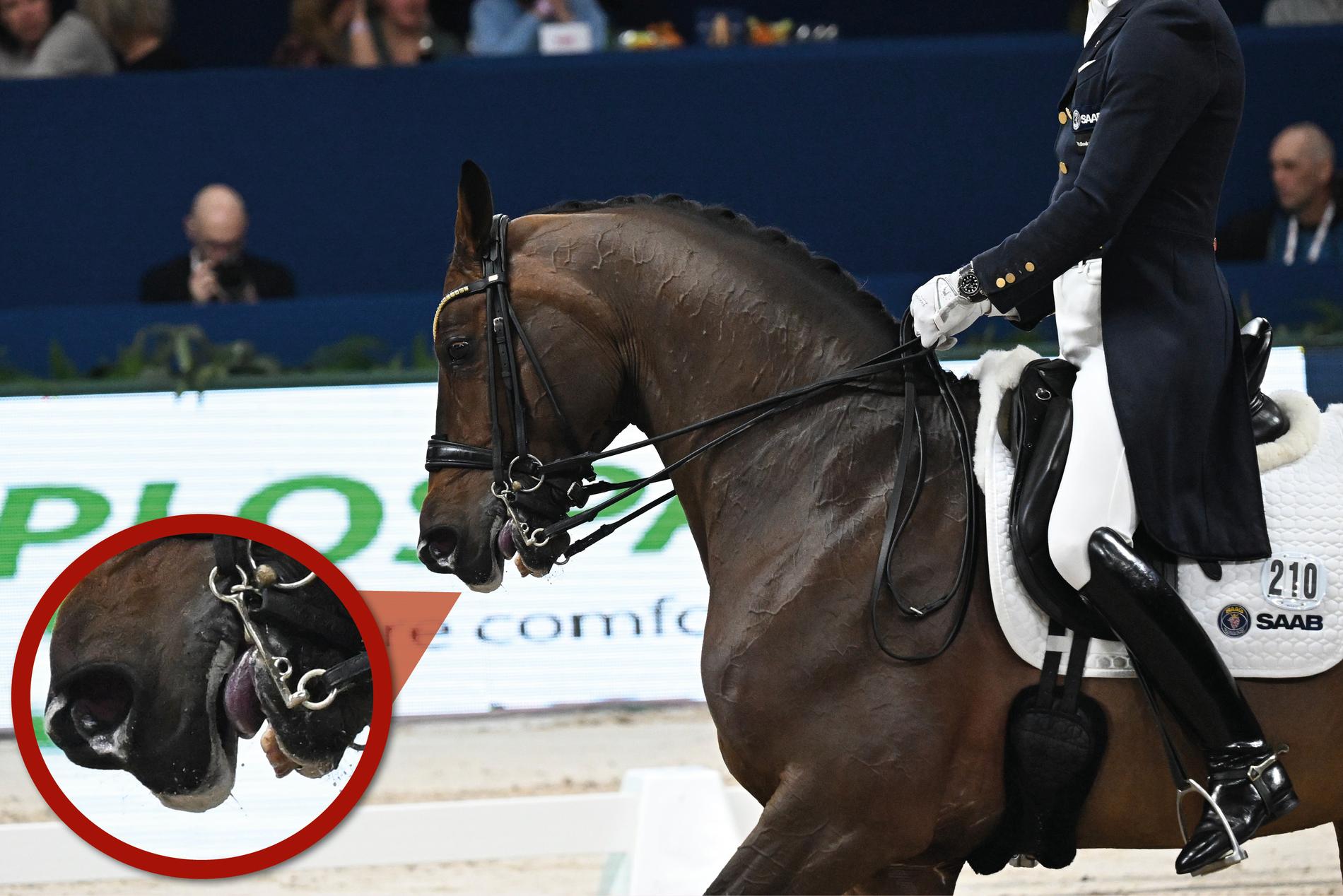
Dressage star Patrik Kittel's horse lost oxygen in its tongue during two World Cup competitions.
A series of pictures that Sportbladet has accessed reveal that he and other top riders apply too much pressure in the mouths of their horses.
– The tongue is blue-purple. That's not what a healthy tongue looks like, says Christine Levring, veterinarian.
- I understand that the images can raise questions, says Patrik Kittel to Sportbladet.
FEI is investigating the case.
 Hästarnas tungor blir blå: "Ska inte se ut så – obehagligt"
Hästarnas tungor blir blå: "Ska inte se ut så – obehagligt"It's the dressage World Cup. The brown, muscular horse moves in time to the tunes of a James Bond movie theme. It looks like the horse is dancing.
The movements appear light and beautiful.
When the rider Patrik Kittel comes to a halt, he beams with happiness. He pats the horse and is met with vigorous applause.
In the audience, a photographer has noticed that the horse tried to open its mouth several times. He followed the pair throughout the program and took a large number of pictures. When the photographer looks at them afterwards, he sees something disturbing.
The horse's tongue is blue.
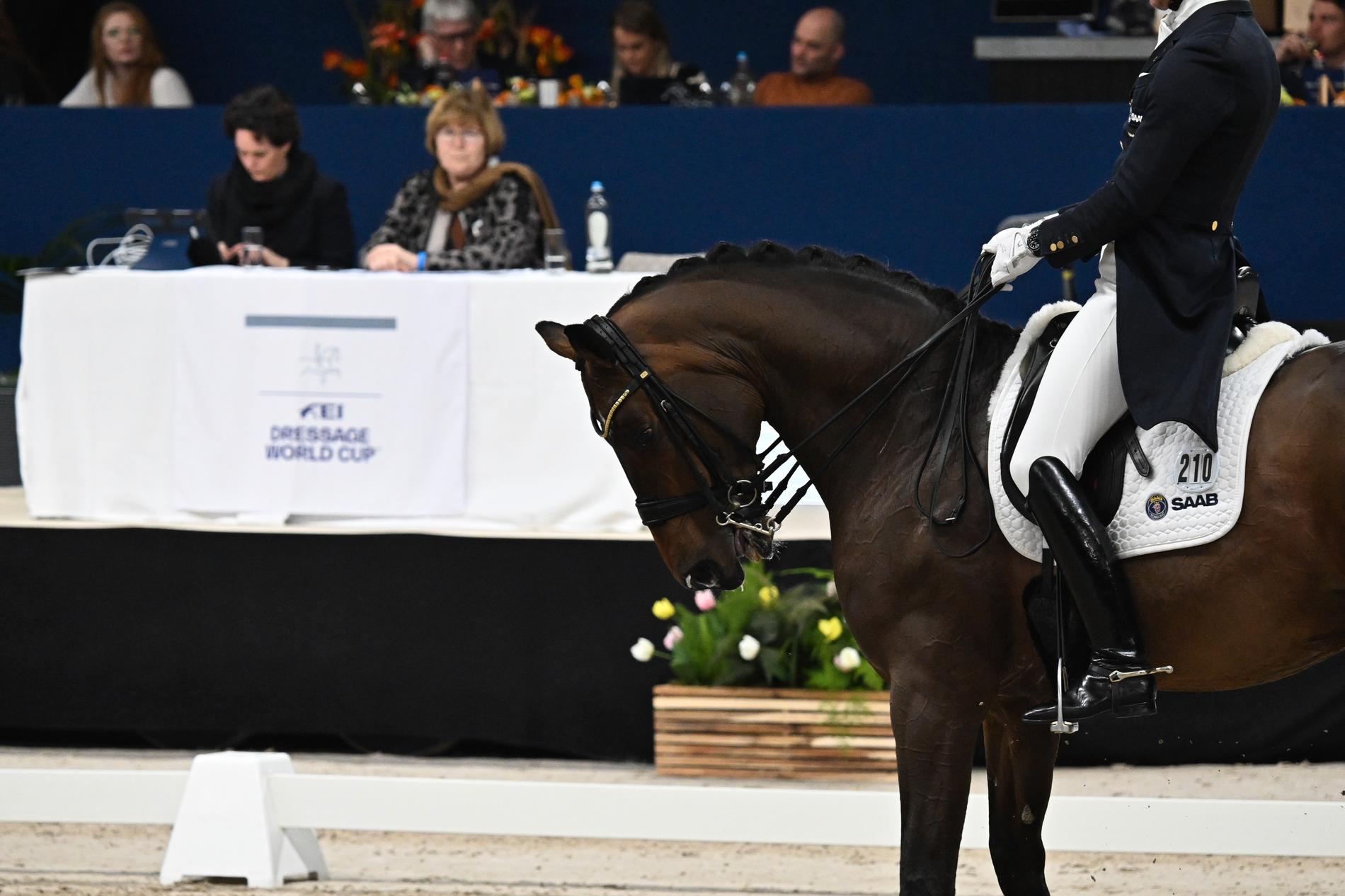
The photographer has also followed several other riders at the competition. The rider who wins the Freestyle (a competition to music, editor's note) in Amsterdam, British Charlotte Fry, rides a horse that goes with its mouth open for much of its program. The horse's tongue has a bluish hue.
The same conclusion: They are in pain
The seven-time Olympic winner Isabell Werth's horse also gets a blue-colored tongue during the program. That team comes in second in the competition.
The photographer's name is Crispin Parelius Johannessen and he has devoted parts of his life to documenting and lecturing on the well-being of sport horses.
He was also present at the World Cup competitions in Neumünster on February 18th. Then, he took pictures when Patrik Kittel rode the horse Forever Young HRH.
Sportbladet has accessed a large number of the photographer's images from these competitions and had four veterinarians analyze them. They all come to the same conclusion: the horses in the pictures are suffering.
Veterinarian Christine Levring, a member of NCED, Nordic College of Equine Dentistry, and leader of an international group for research and knowledge on bitting, says that the images of Patrik Kittel's horse Touchdown in Amsterdam do not show a healthy tongue.
– It clearly suffers from lack of oxygen. The horse tries to defend itself by gaping and getting away, says Christine Levring.
She explains that it's how hard the rider holds the reins in combination with the design of the bit that causes the horse's tongue to be compressed, blocking the passage of blood and causing oxygen deprivation. A condition that is both painful and can be dangerous.
– It can go into necrosis (cell and tissue death, editor's note) if it's for a long time.
"It's called painface"
Christine Levring also reacts to the horse having extra feed under the noseband in several places – you shouldn't need that if you ride softly and have the noseband loosely tightened, she explains.
– If the horse is gaping, then there's a problem with the hand or the bit, clearly.
From the competition in Neumünster, there are pictures when Kittel and his horse Forever Young HRH are right in front of the judge. The horse is gaping and its tongue is clearly visible.
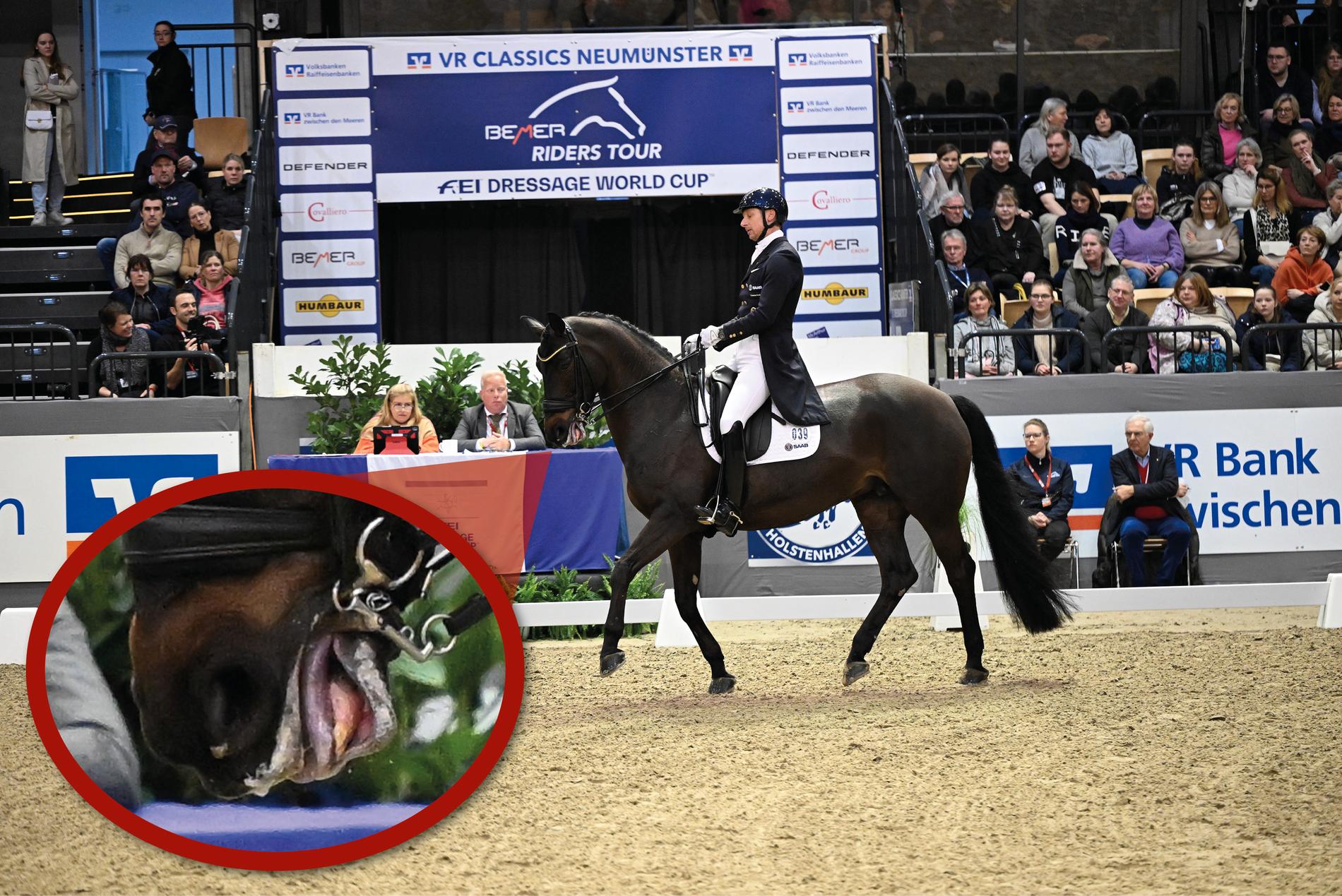
Christine Levring does not like what she sees in the pictures.
– Obviously, the rider is too harsh on the hand. The horse has a blue tongue and clearly has what is called a painface. It looks very uncomfortable in the whole face. You can also see the worrisome wrinkle by the eye.
Christine Levring explains that it can be very painful for the horse when the rider holds the reins too tightly. It creates high pressure against the horse's bars, which are the toothless areas between the front teeth and molars.
– The bars in a horse's mouth are as sensitive as your shin. Take a pen and press hard against your shin to see how it feels, she says.
Levring expected that the judges wouldn't act on this. It's hard to notice such details when the horse is moving. Moreover, the judges can be influenced by the situation when they are judging the top elite.
– You know you have a skilled rider in front of you. You choose not to see. It's almost like being blinded.
”I finished in the top”
Patrik Kittel responds to the criticism and writes in an textmessage to Sportbladet: "I understand that the pictures may raise questions. But I also know that they do not give a representative picture of the rides, which were televised and which everyone can go in and watch in their entirety on Clipmyhorse. These are some stills from a six-minute long dressage show judged by five judges, in front of thousands of spectators, and where I finished in the top positions with both horses. As in all competitions at this level, officials checked both noseband, bit and the horse's mouth immediately after the ride. There were no remarks on any of my horses after the races.
I have also made several pictures available to Sportbladet from both competitions, which they are welcome to use."
"Blue in all the pictures"
Finnish veterinarian Kati Tuomola, who has a PhD in bit-related injuries at the University of Helsinki, says this about the pictures of Patrik Kittel's ride with the horse Touchdown in Amsterdam:
– The tongue is blue in all the pictures. In some of the pictures, you can see that the tongue is being pressed upward by the bit. I can also see severe tension in the lower jaw, says Kati Tuomola.
Just like veterinarian Levring, she notes that the tongue has lost oxygen. She can also see that the tongue is larger than normal in one of the pictures.

– When you zoom in, you see that it is round and swollen. That means blood can come in – but can't flow out. This also leads to a lack of oxygen.
She says it's rare to see such a blue tongue on a horse, which might be because it's hard to capture in photos as the horses move through the dressage program.
– I was quite shocked. So this is what reality looks like.
Is it painful for the horse?
– It's uncomfortable and possibly painful. A sign of pain might be that the horse is gaping. Horses breathe through their noses. So, there's usually no reason for a horse to open its mouth during a competition or training like this one does.
Difficult to dare to Intervene
Kati Tuomola gets to analyze pictures of Kittel's horse Forever Young HRH at the competition in Neumünster.
– Just like in the other case, the mouth is open. It should be closed. The tongue has a blue-purple tone and is swollen.
What do you think about the horse having such a blue tongue near the judges – without them intervening?
– It's hard to know. Maybe they didn't see it, or they chose not to see, says Kati Tuomola.
Kati Tuomola believes there's a risk that dressage judges feel pressured not to intervene. She has personal experience with this. At a competition, she saw signs of blood in a horse's mouth. The foam around the mouth was tinged pink. She mentioned it to a veterinary assistant present, but they supposedly replied, "I didn't see it."
– Then I started to question what I had seen. Maybe I was wrong.
Objectivity and confidence among judges are therefore important, she explains. It takes confidence to dare to intervene and trust what one has seen.
– After 2017, after I had done my scientific study, I've become more confident in my convictions. It's all about confidence. If you're unsure, you want confirmation from someone else to dare to act on it.
"The tongues are cyanotic"
Sportbladet has also been in contact with Professor Paul McGreevy, University of New England, Australia. He is a veterinarian, ethologist, and professor of animal behavior and animal welfare and has written over 300 scientific articles and seven books. Paul McGreevy is also an honorary member of The International Society for Equitation Science.
This is what he says about the pictures of Patrik Kittel, Isabell Werth, and Charlotte Fry's horses:
– The nosebands appear to be very tight. Many do this to avoid deductions for the horse going with an open mouth. Along with the curb chain, this creates high pressure against the tongue and makes it immobilized (immobile, editor's note), says Paul McGreevy.
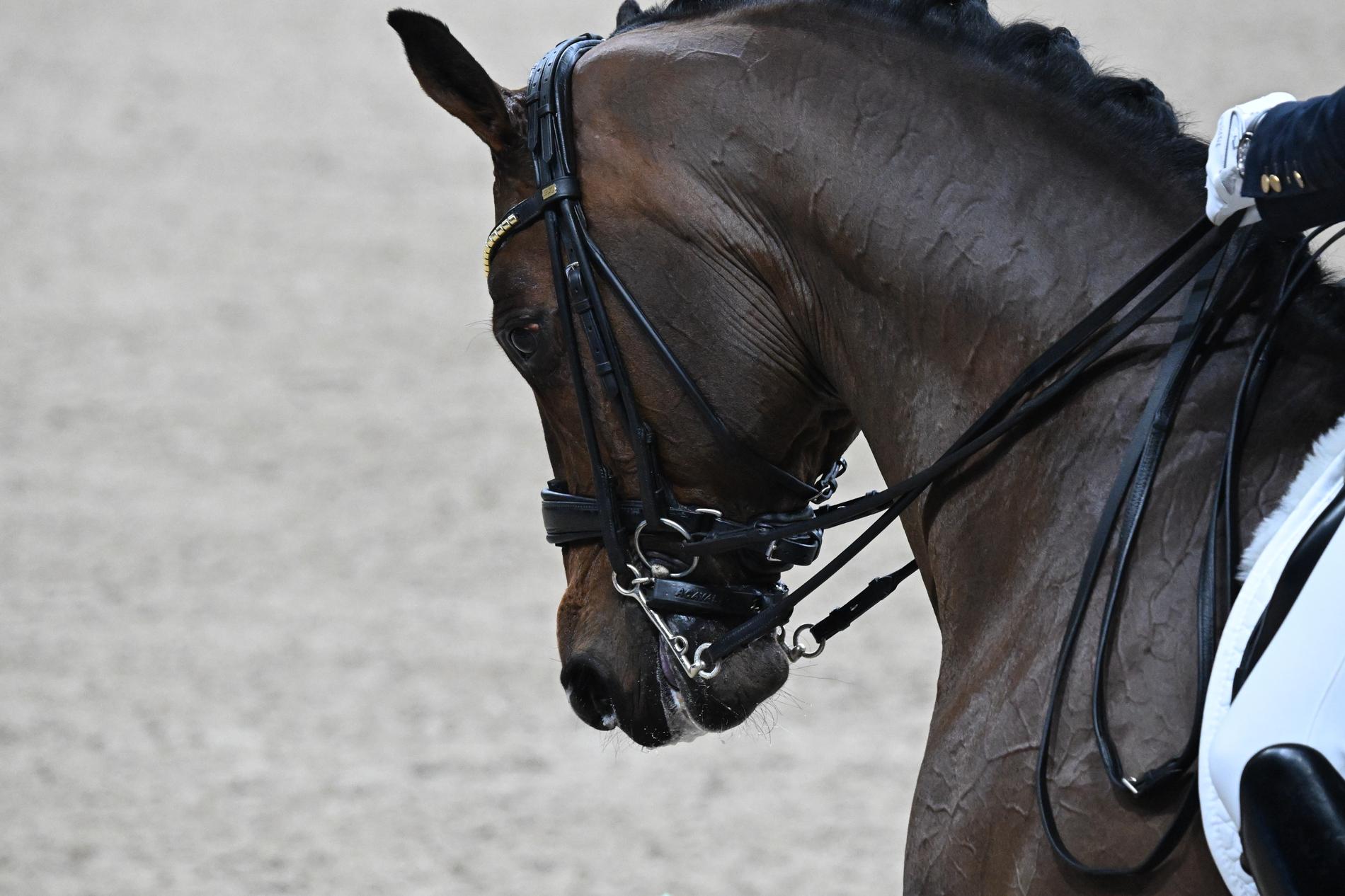
He also notes that the horses' tongues have suffered from oxygen deprivation.
– The tongues are cyanotic and therefore blue. This is due to ischemia, which means lack of oxygen.
Do you see anything that could be a welfare problem for the horses?
– Ischemia is painful. Moreover, when the tongue is immobilized, the horse can't swallow or clear its airways. This can be stressful for the horse.
Some pictures are taken right in front of the judges. What do you think about that?
– The judges are there to ensure that rules are followed, to reward ease in riding, and to ensure the welfare of the horses. Something even more important must have distracted them.
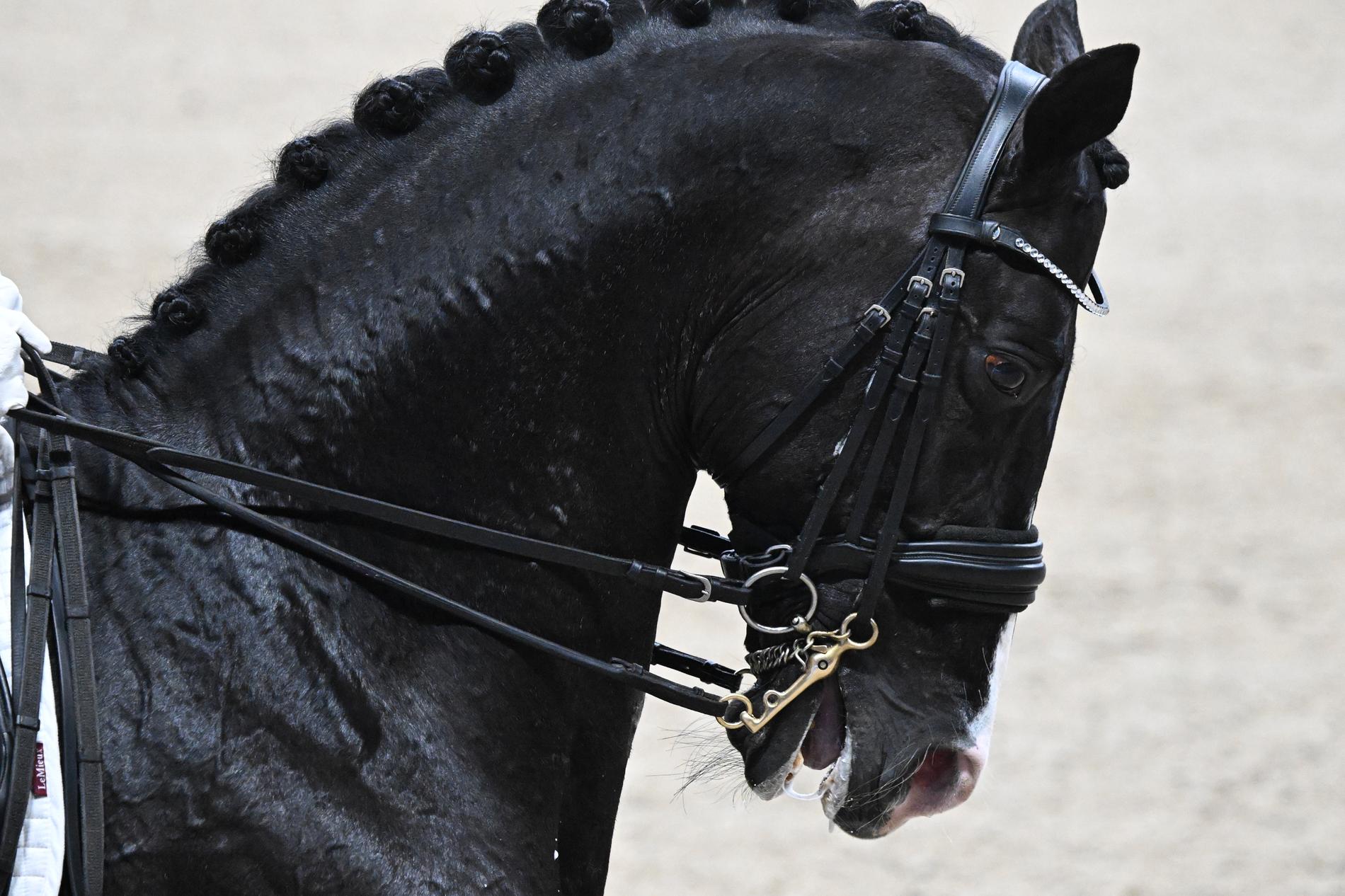
"A judging issue"
Patrik Kittel has been criticized before.
In 2009, images and video clips circulated showing him riding Scandic in so-called rollkur position, which is considered harmful to the horse. The horse also appeared to have a blue-colored tongue, so the incident was dubbed the "bluetongue scandal" on social media.
Then, the FEI, the International Equestrian Federation, initiated an investigation against Patrik Kittel. It did not lead to any formal reprimand, but Kittel received a warning letter and was informed that the federation would continue to monitor how he rode.
In 2012, he was accused of the same thing. Then, Wiveca Lundh, the then sports director at the Swedish Equestrian Federation, played down the issue and called a photo a "snapshot."
– For us, it's no issue. Nothing prohibited has happened, said Lundh.
Veterinarian Katarina Brunstedt, odontologist at Stockholm's horse clinic, argues that the pictures published by Sportbladet cannot be dismissed in that way.
– In this case, there are many moments – there are many pictures. And even in the moment, it is unpleasant for the horse. It should not look like that at any moment for the horse. It's incredibly uncomfortable, says Katarina Brunstedt.
Katarina Brunstedt says this about the pictures of Patrik Kittel, Charlotte Fry and Isabell Werth's horses at the Freestyle in Amsterdam.
- They have a blue tongue. This means that they have so much pressure on the tongue that they have reduced blood circulation in them, says Katarina Brunstedt.
They were top-placed in this class. What do you think about that?
– We have a judging problem. If they saw it as I do, they could not have given such high scores. It's about horse welfare. A horse should feel good even in competition situations.

Higher Scores with Snaffle
Katarina Brunstedt believes that the scoring system in dressage competitions should be changed to reward the original intent of dressage: for horse and rider to communicate with each other in harmony and for the rider to use as little aid as possible for the horse to understand.
– One could introduce a coefficient for equipment. For example, riding with a regular snaffle bit could score higher points, and choosing to ride with a neck ring could give even higher points.
Veterinarian Christine Levring also believes that there is a significant horse welfare problem within dressage. She argues that the rule requiring riding with a double bridle (a type of headgear used primarily in dressage riding, editor's note) in the highest level must be reconsidered.
– If it's a dressage horse, shouldn't you technically be able to ride without a bit or at least on a snaffle bit? It would be very interesting to see a dressage competition on regular snaffle bits and without nosebands. If the riders can't manage that, then they need to change something about their riding.
Christine Levring argues that the dressage sport needs to start following the research on horses' mouths. Today's sport horses are refined and often have small mouths. They do not have space for a thick double bridle.
– Why do we have to compete at the expense of horses in this way? Why can't we adapt the equipment so that it doesn't harm the horses?
According to Christine Levring, it's possible to ride the most difficult programs even without a bit in the horse's mouth. She has seen riders perform grand prix movements with only a neck strap.
– The horse moved beautifully in balance, with its head high and nice. I'm not saying that's how we should have it, but maybe we should put a pressure meter on the reins. If you hold too tightly, it results in a deduction.
She also suggests an additional judging function at competitions – one that only evaluates the horse's welfare. This person should deduct points when the horse shows various conflict behaviors.
– Ideally, it should be an independent person – not starstruck by the rider – but just there for the horse's welfare. Period.
At the competition in Amsterdam in February, a photographer from ANP also took a picture of Kittel's horse where a part of the tongue is visible. In this picture, too, the tongue has a blue hue.
Sportbladet has sought to contact riders Patrik Kittel, Charlotte Fry, and Isabell Werth. We have send pictures of their horses for them to see.
Isabell Werths pressteam send an answer on e-mail telling that:
As we take your inquiry seriously, we need further information.
To be able to make a statement, we need you to send us further images in their original format, citing the author as their source.
They also wrote:
We further want to inform you that, following the tournament, during which the picture was taken, the FEI Steward’s oral- and dentalinspection of the horse in question raised no concerns.
Following this response, Werth's press team has received additional photos and comments from veterinarians.
Charlotte Fry did not respond yet.
Sportbladet has also sought to contact the judges Maria Colliander, who appears in the picture with Touchdown HRH, and Maarten van der Heijden, who appears in the picture with Forever Young HRH.
Maria Colliander tells that she will be back with a comment later on.
The judge Maarten van der Heijden havent yet respond.
We also sought to contact the FEI's president Ingmar de Vos. In an email, we asked about the regulations when horses show a blue tongue during competition. We also sent pictures showing the judges Maria Colliander and Maarten van der Heijden sitting right in front of Kittel's horses when they have blue-colored tongues.
This article was published on Thursday, and the next day, a spokesperson for the FEI responded.
“The FEI has been made aware of the photographs taken during the FEI Dressage World Cup competitions in Neumunster (GER) and Amsterdam (NED) and the analysis put forward by veterinarians in the Aftonbladet article published on 21 March.
The FEI Judging Manual outlines the principles for assessing the horse and rider during the dressage test, including clear guidance to monitor the contact between the horse and the rider which should at all times be a soft and steady connection between the horse’s mouth and the riders hand, and requires judges to diligently observe this during competitions.
The FEI absolutely condemns all methods and practices that are contrary to horse welfare and is actively looking into the matter.”

